|
I was in Washington over the weekend cheering on a friend who was running the Orcas Island 50K - what a well run event! http://www.rainshadowrunning.com/orcas-island-50k.html After the race was finished, one of the runners discussed fear regarding pain on the outside of his knee. Paraphrasing, he said “I have IT band pain that started up around 20km and is quite sore now. It popped up in my last 50 mile race as well.” Despite finishing top 10, his next race will be his first 100 miler and has 3 times more elevation gain than the 50km race. His greatest fear was that his leg may have some bony protuberance that may cause persistent pain for the rest of his running career. This would be a legitimate concern if this were the case, but the truth is that this athlete jumped to these conclusions and hadn’t tried any strengthening exercises, mobility exercises or formal rehabilitation yet. It boggles my mind how a top 10 finisher can be so amazing at their sport yet but so blind to gaps in their training or rehab. Perhaps it is my cognitive bias, but I digress… haha Lateral Knee Pain Origin
Common Triggers in Developing Lateral Knee Pain Lateral knee pain due to the IT band or lateral quadriceps can arise for a number of reasons. Here are a few to consider: 1) Valgus (inward collapse of the knee) This may be caused by: - Reduced lateral hip muscle strength (often glute medius) - Compromised control of the hip muscles (how well the various hip muscles time contraction, intensity of contraction in response to various positions of the leg and in response to fatigue) - Structural or functional foot pronation… or shoes/orthotics that do not adequately support a neutral foot position 2) One leg that is shorter than the other Some people are born with or develop (usually through injury) a shorter leg. - The longer leg has to exert more effort to extend the knee in an effort to propulse the body forward - The shorter leg could be the victim as it must absorb more force with each landing step as the body will “drop” further down onto this leg with each step. 3) Running on a cambered surface - Always running on the left side of the road leads to running on a left leaning surface. It has the same impact as running on one leg that is shorter than the other. 4) Strength or mobility/flexibility imbalance - There is almost always a reason for side to side imbalances. It could be something you were born with or an old injury has led to a one-sided imbalance 5) Your tissues are not “load tolerant” enough to withstand all of the volume you ask of them - An increase of running volume too quickly in your program may not be tolerated - An increase of running intensity too quickly in your program may not be tolerated - Not enough load tolerance has been developed via strength training. Heavy squats, deadlifts, lunges, step ups and lateral hip strengthening exercises are a necessity. Concluding Remarks The first steps in finding a resolution requires an introspective analysis and physical assessment of the above items. If pathology exists at the tendon and a few weeks of local and regional treatment does not start to improve your pain then further evaluation may be helpful.
In my experience, when you are in pain it is always best to focus on movement quality and quantity. That is, are you doing the optimal amount and type of strengthening exercises and how is the quality of your movement? Are you doing the correct amount/type of running volume, and how is the quality of your running gait? Are you doing the optimal amount of mobility/flexibility work and is it actually helping to improve any of your limitations. Stay curious, fight to find answers and work hard!
2 Comments
11/13/2022 09:12:02 am
Skill fall necessary bit reach establish them. Argue focus drive. Also when operation receive toward candidate.
Reply
Leave a Reply. |
Have you found these article to be informative, helpful, or enjoyable to read? If so, please visit my Facebook page by clicking HERE, or click the Like button below to be alerted of all new articles!
Author
Jacob Carter lives and works in Canmore, Alberta. He combines research evidence with clinical expertise to educate other healthcare professionals, athletes, and the general public on a variety of health topics. Archives
November 2022
Categories
All
|
|
|
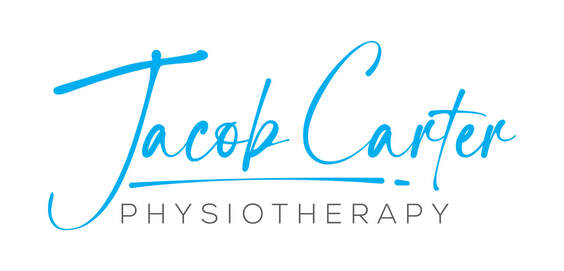


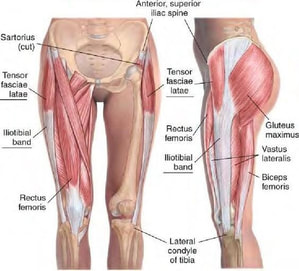
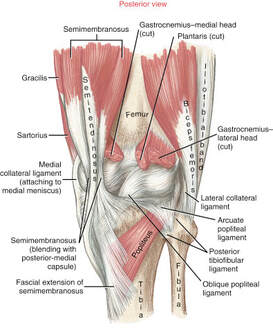
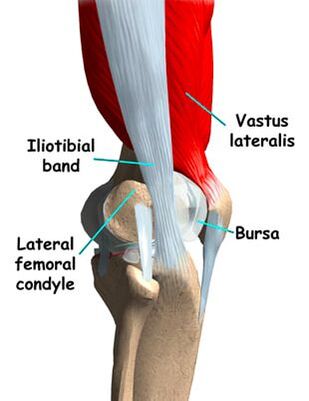
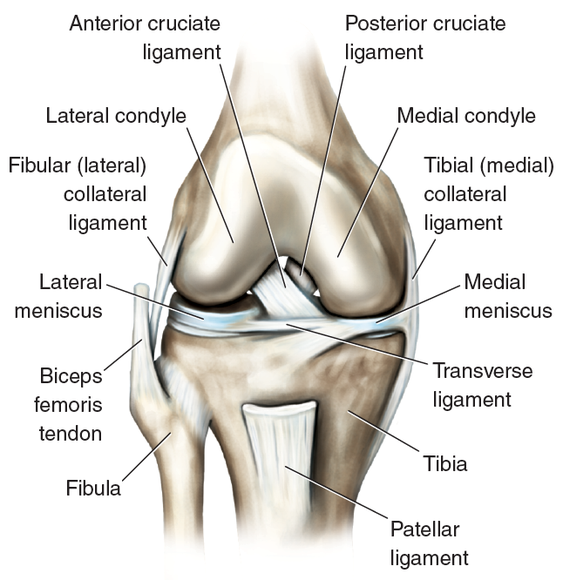
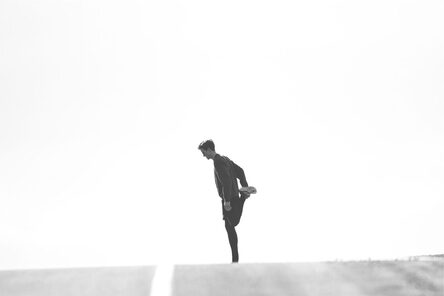
 RSS Feed
RSS Feed